Camille
Camille Claudel
The very attractive museum of Nogent-sur-Seine, situated in 50 minutes of Troyes (car) or less than one hour of train of Gare de l’Est (Paris), presents the work of the sculptor Camille Claudel (on 1884 - 1943). At first pupil of Alfred Boucher then Auguste Rodin, Camille Claudel invents an original sculpture at the same time perfectly mastered (classic in a way), highly expressive (much less classic) and molded in the femininity. The slightest piece moves us. The sculpture is a complex and expensive art which, at that time, can hardly bloom without the help of the public authorities which orders works for cities or museums. Camille will not succeed in ending from procurement contract and will sink into a shape of poverty and paranoia. She stops producing at about the 1910s, more than 30 years before her death in a hospital where she was placed in 1913. The fate of the artist is printed in its work which develops widely the theme of the plea. Even in front of her most peaceful sculptures, as the conversationalists (les causeuses) for example, we cannot escape an indescribable strength which leads the look towards a merciless solitude. The visitor, the spectator, the contemplator, is confronted with the feeling that he even is not shielded from a spirit tragedy because of abandonment or of incapacity to be healthily bound in others. This feeling is so strong as the brother of the artist, the writer Paul Claudel, expressed himself in 1913 as he needed to decide on the internment of his sister (reference below, from which you can pull the thread). Besides the work of Camille, the museum of Nogent-sur-Seine, even if many final pieces are not there visible, gives a good idea of the excellence of the sculpture at the passage from XIXth to XXth century in Paris. If you go to Nogent, glance at the projection room. The medical sobriety of this room struck me and literally froze. I wondered if there was or not an allusion to the asylum which welcomed Camille. I did not ask question because, in fact, I do not really need an answer. Here, I I’m trying to share with you my emotion in seven or eight images which follow.
Introduction to Camille Claudel in Wikipedia
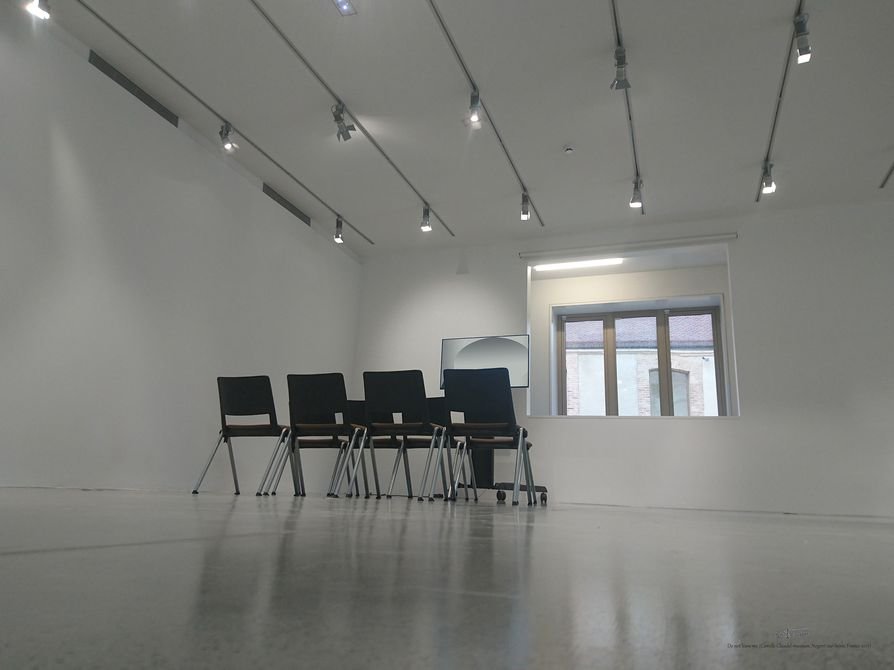
1209, Do not leave me (1),
original format 300 dpi 900 x 675 mm, T.M. 2017.
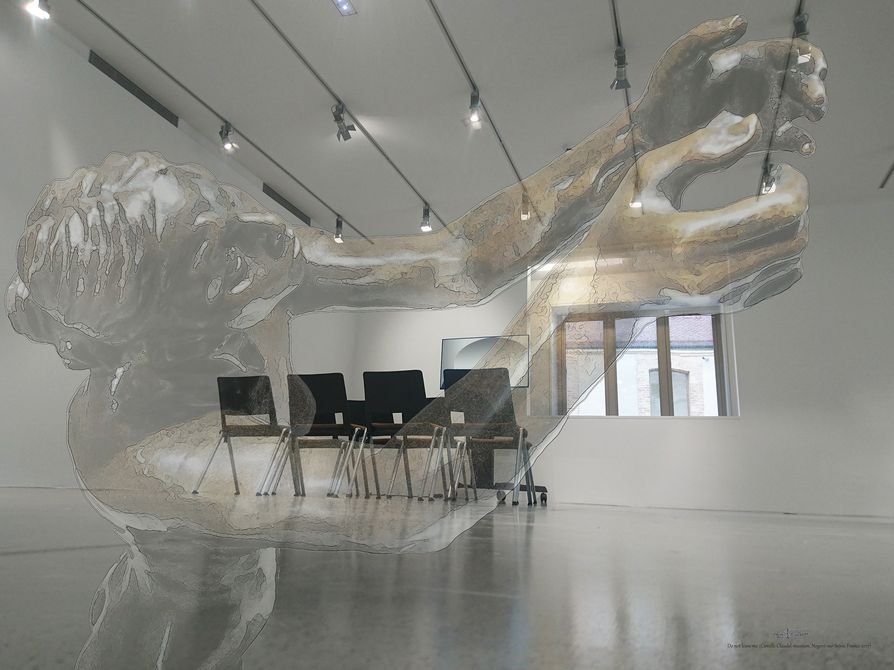
1210, Do not leave me (2),
original format 900 x 675 mm, T.M. 2017.
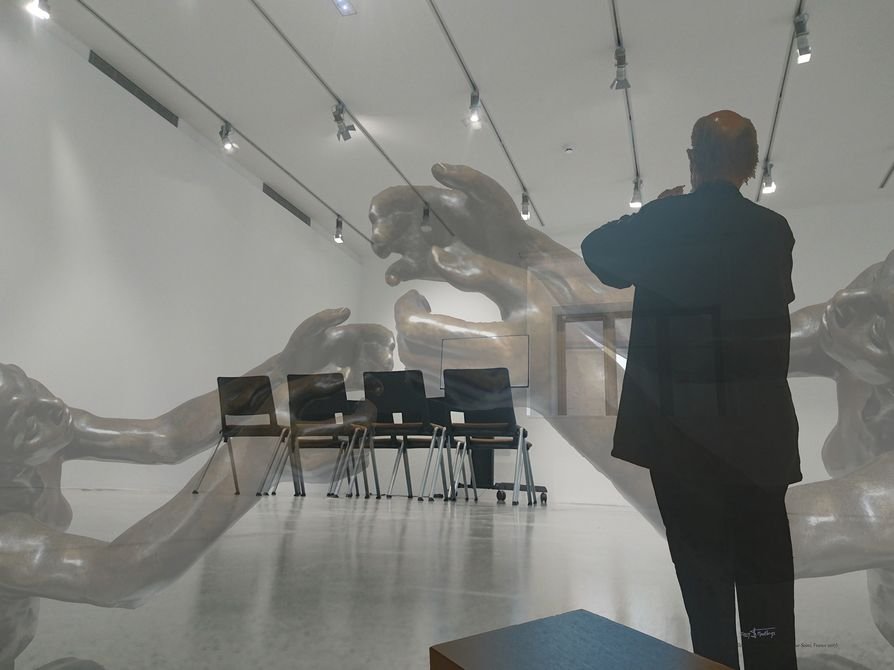
1211, Do not leave me (3),
original format 900 x 675 mm, T.M. 2017.
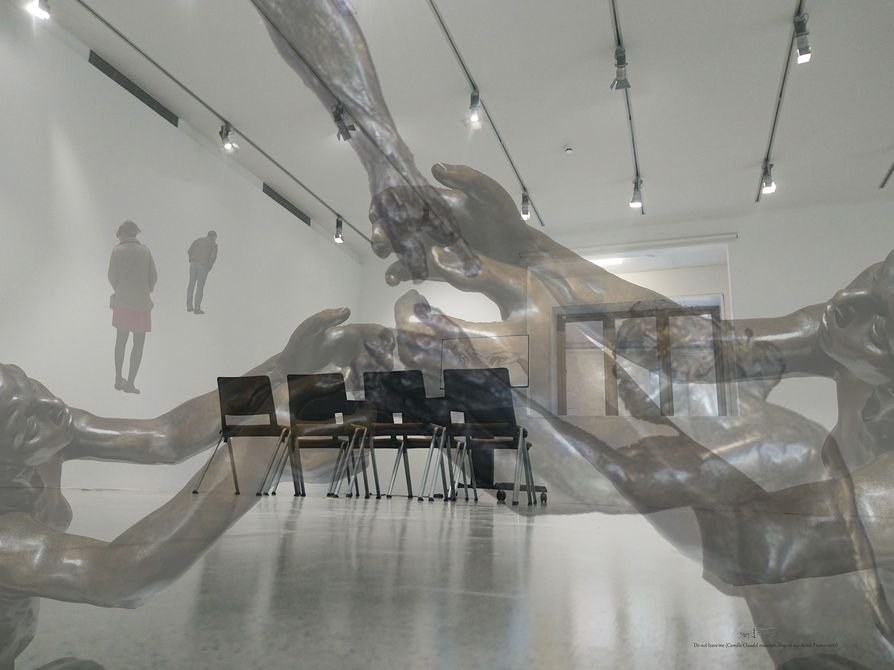
1212, Do not leave me (4),
original format 900 x 675 mm, T.M. 2017.
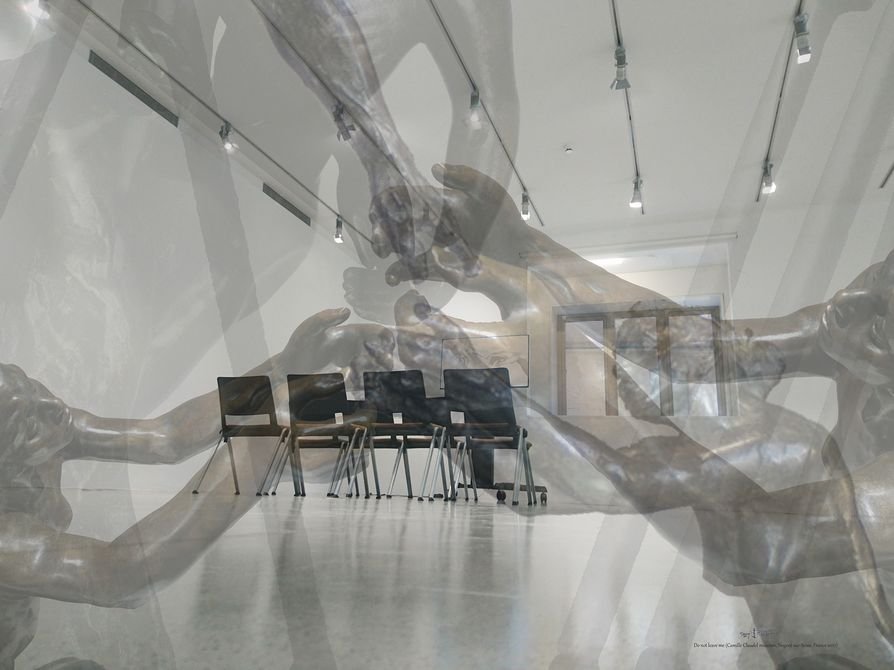
1213, Do not leave me (5),
original format 900 x 675 mm, T.M. 2017.
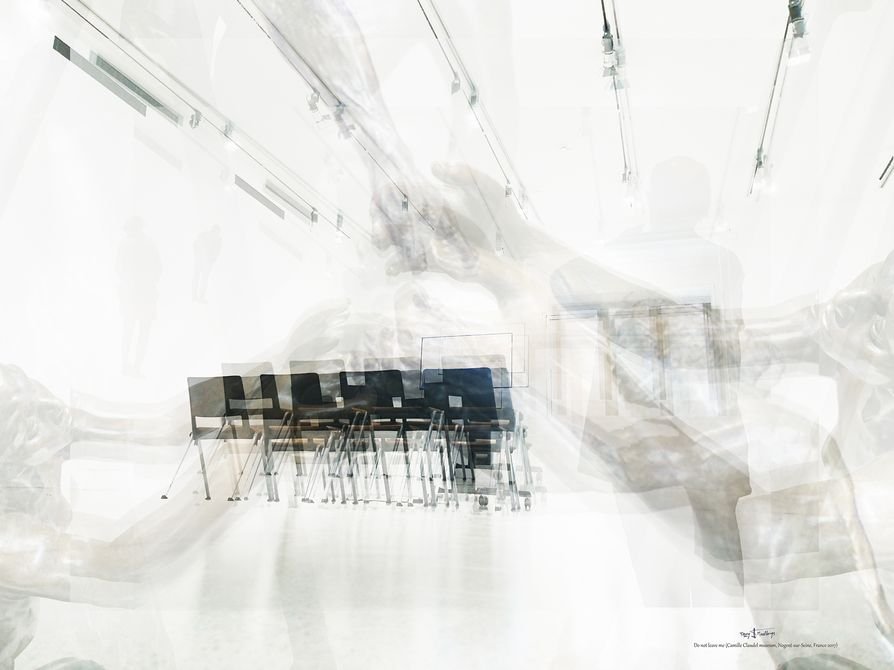
1214, Do not leave me (6),
original format 900 x 675 mm, T.M. 2017.
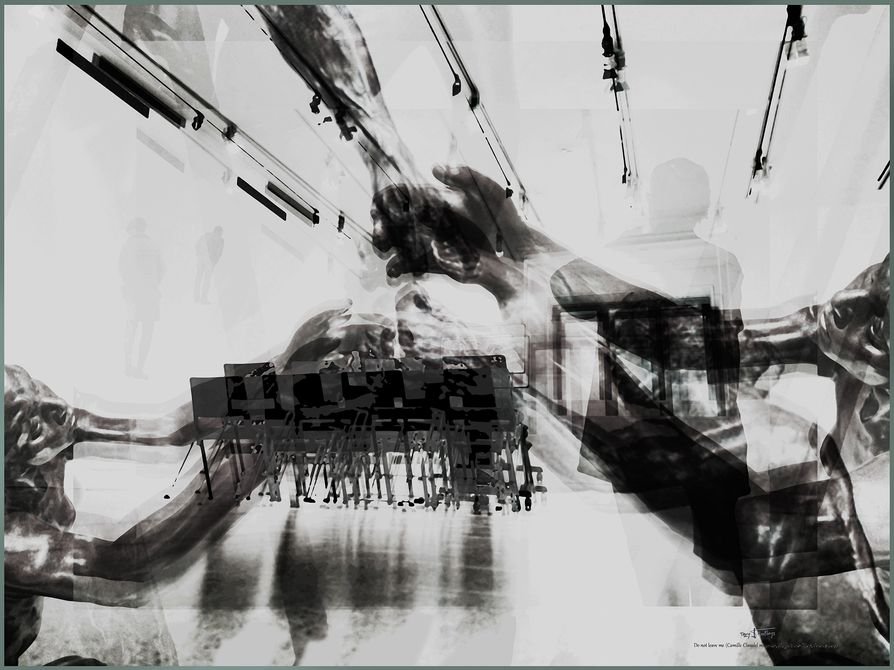
1215, Do not leave me (7),
original format 900 x 675 mm, T.M. 2017.
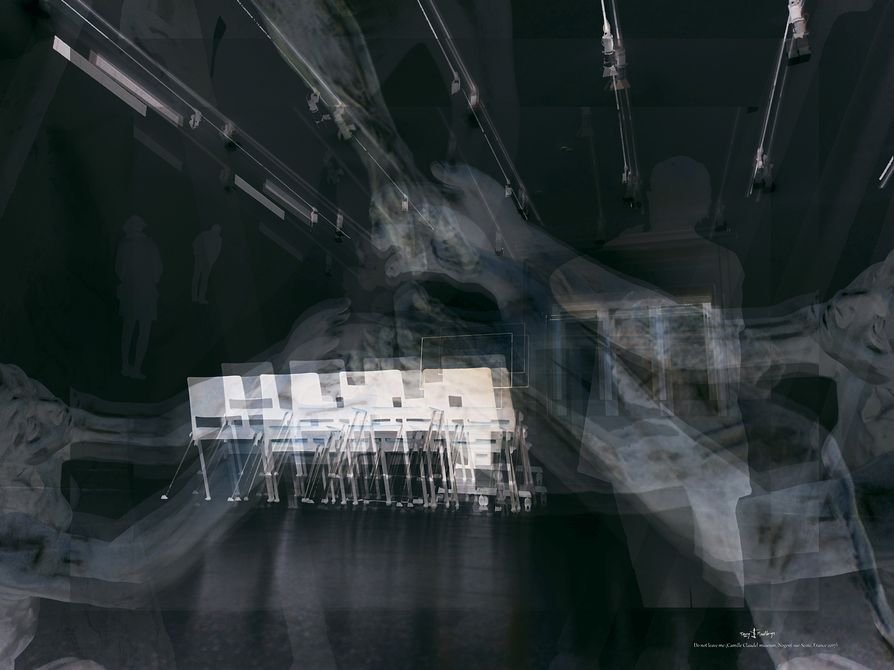
1216, Do not leave me (8),
original format 900 x 675 mm, T.M. 2017.
End of page Camille Claudel.